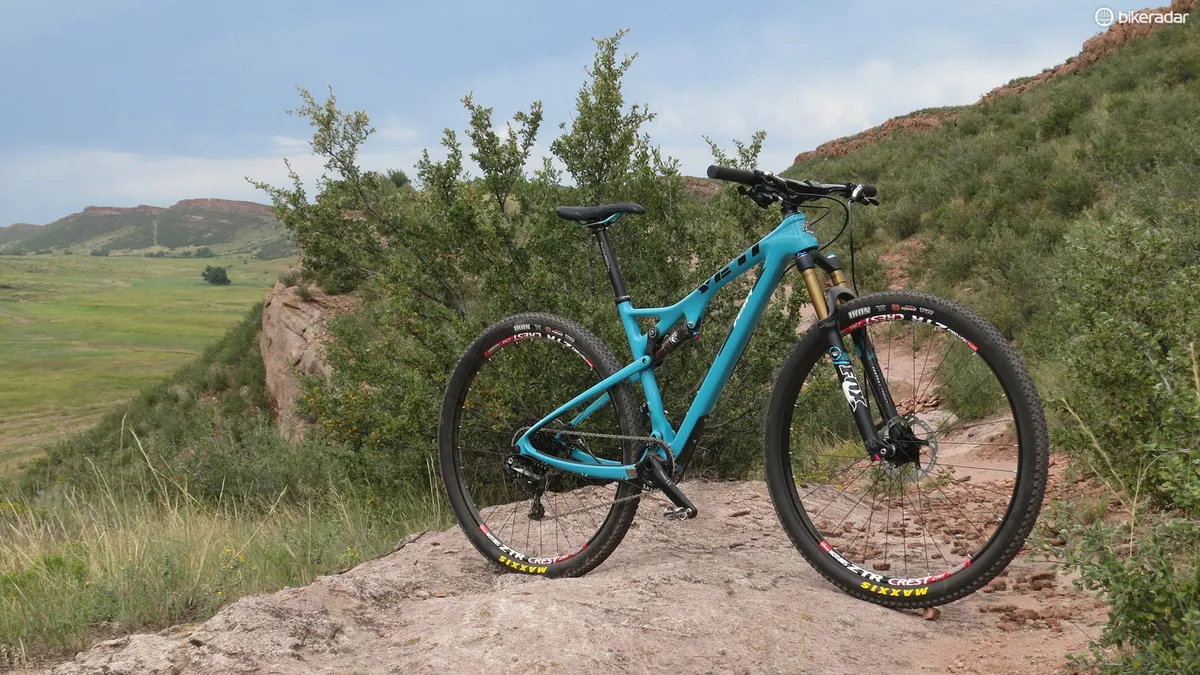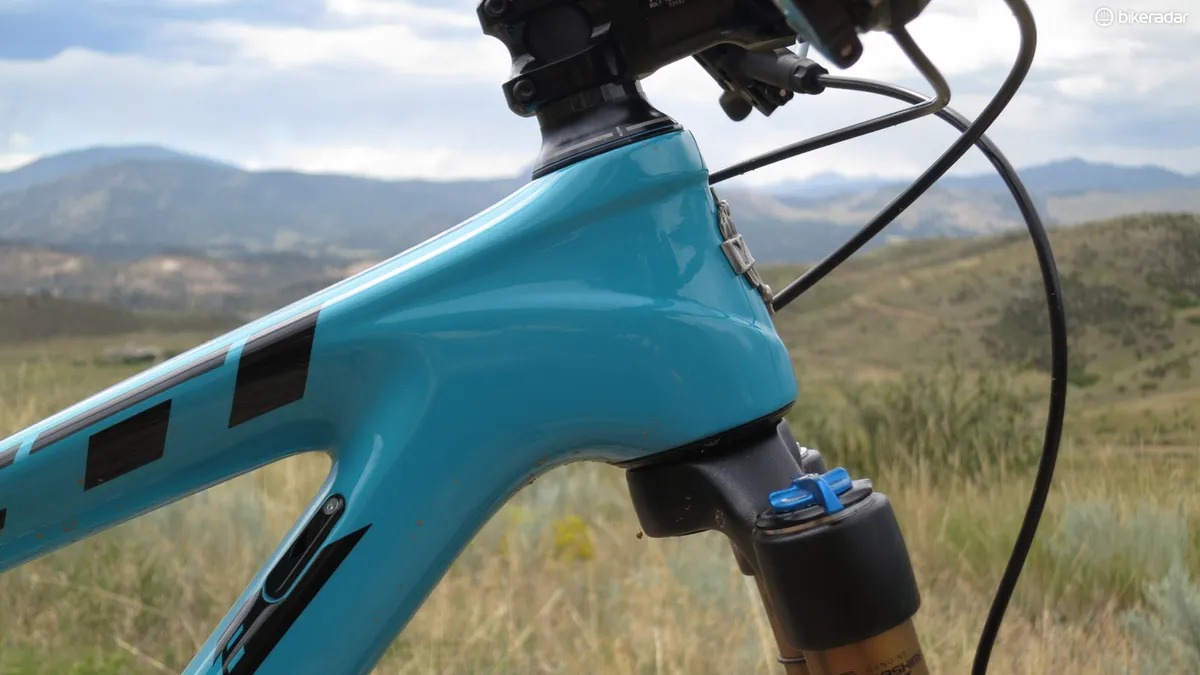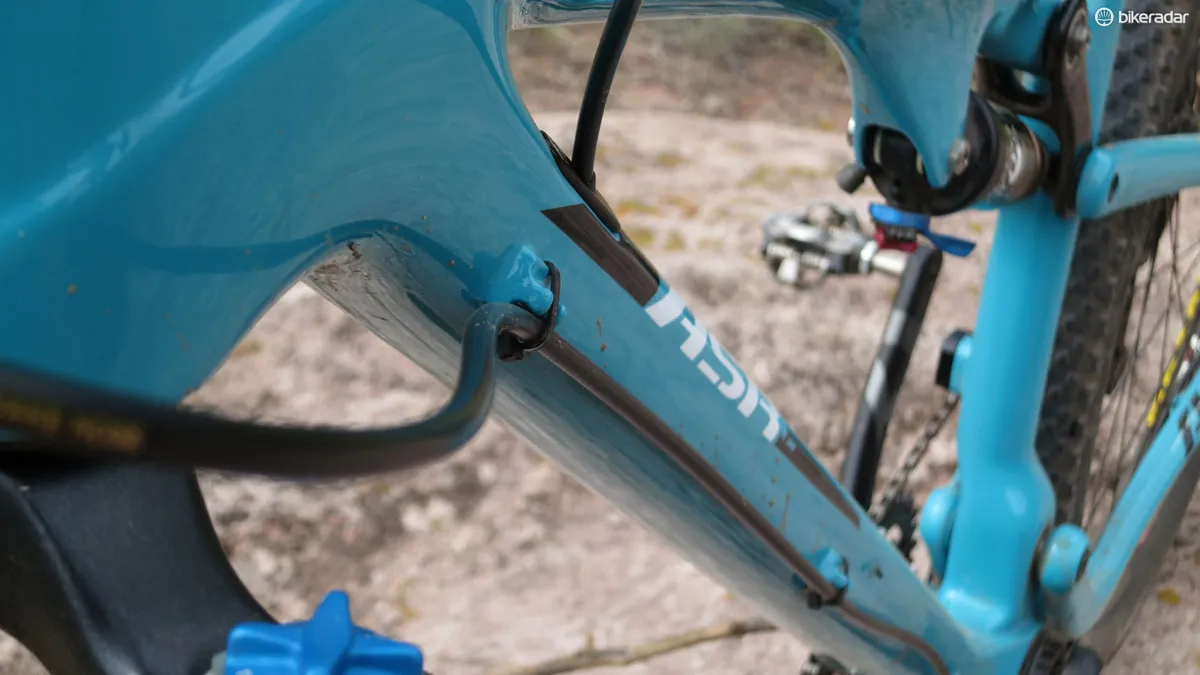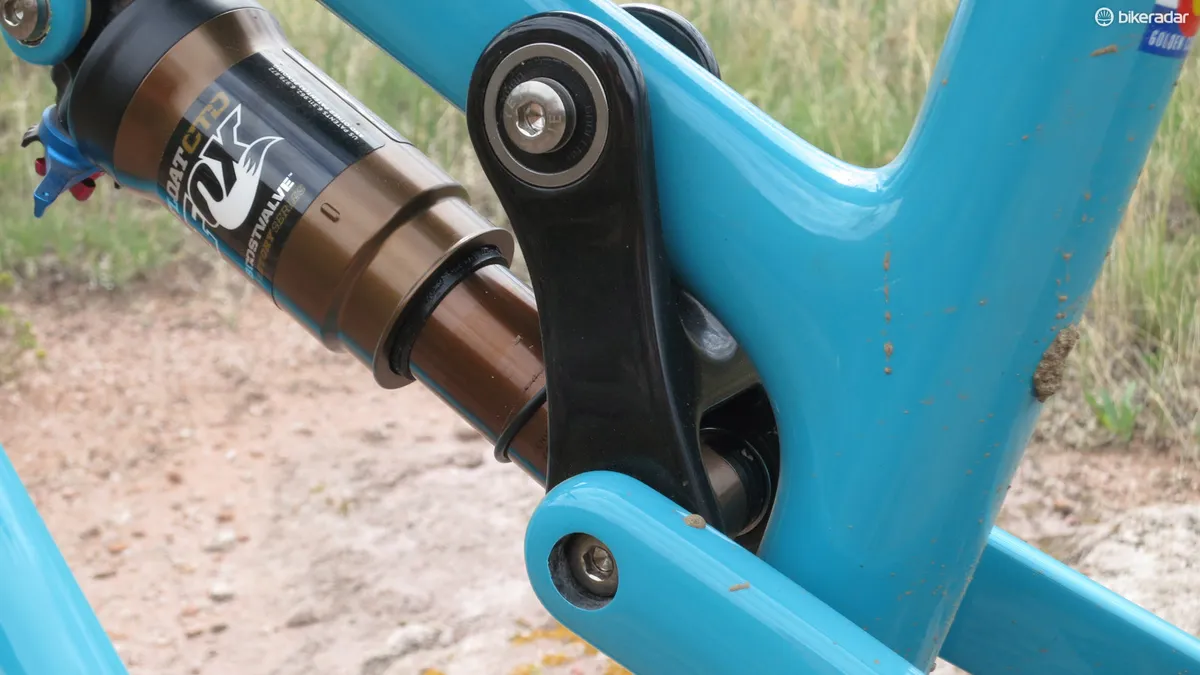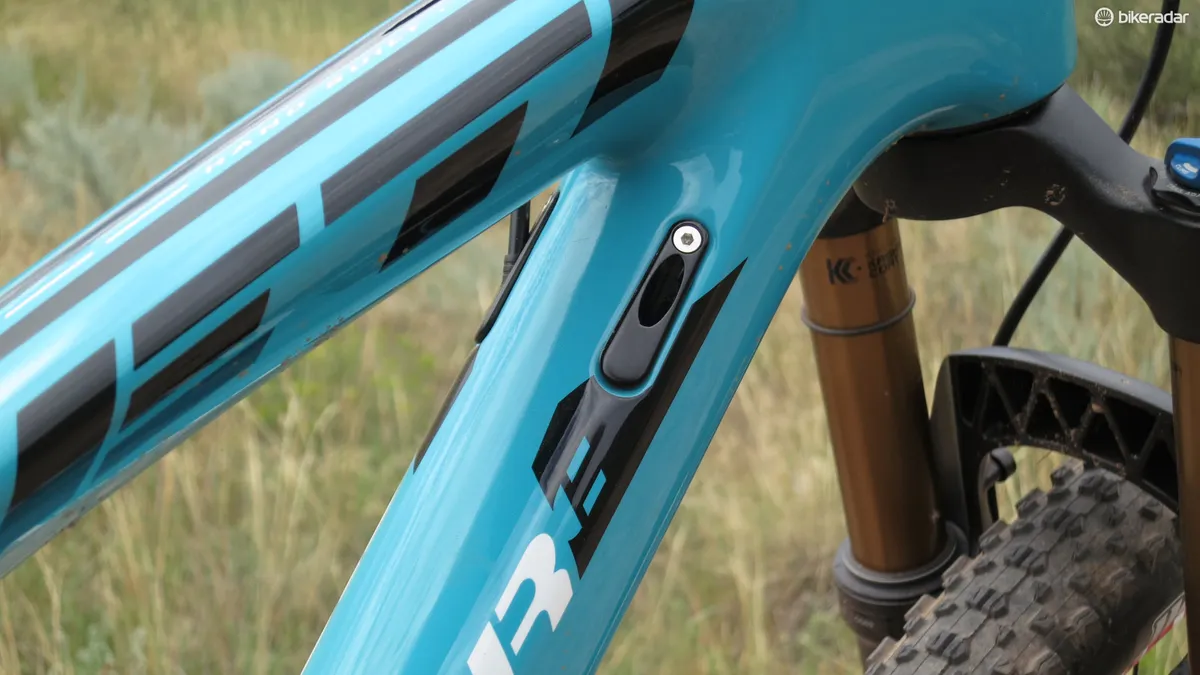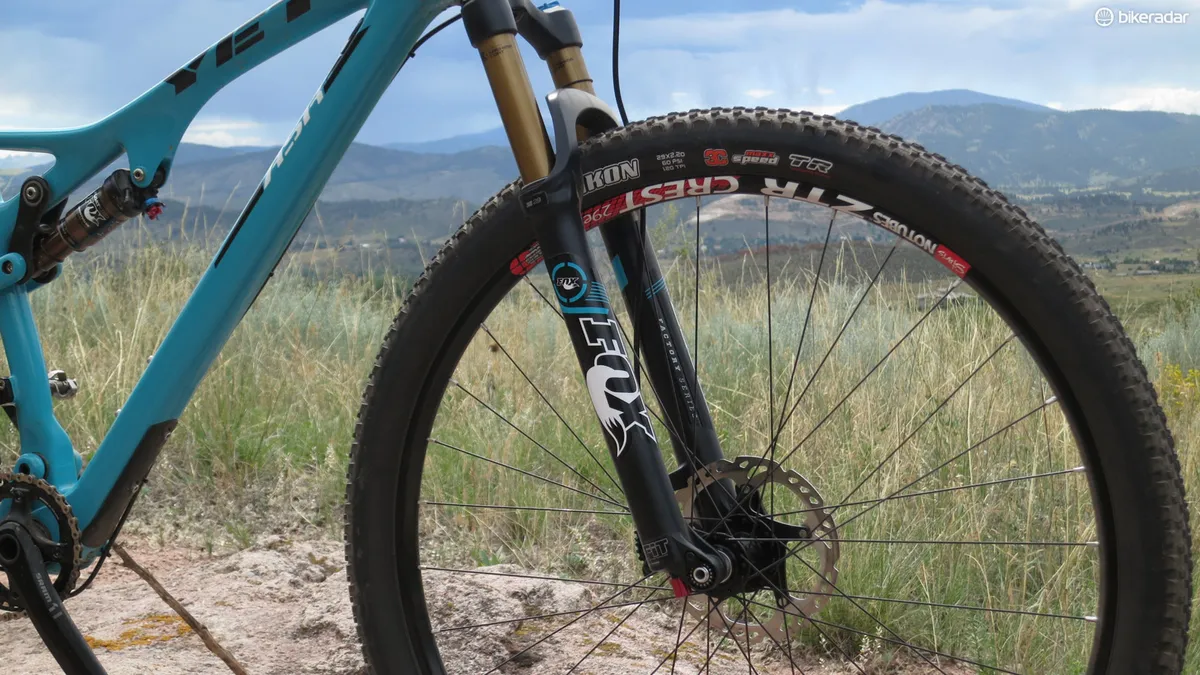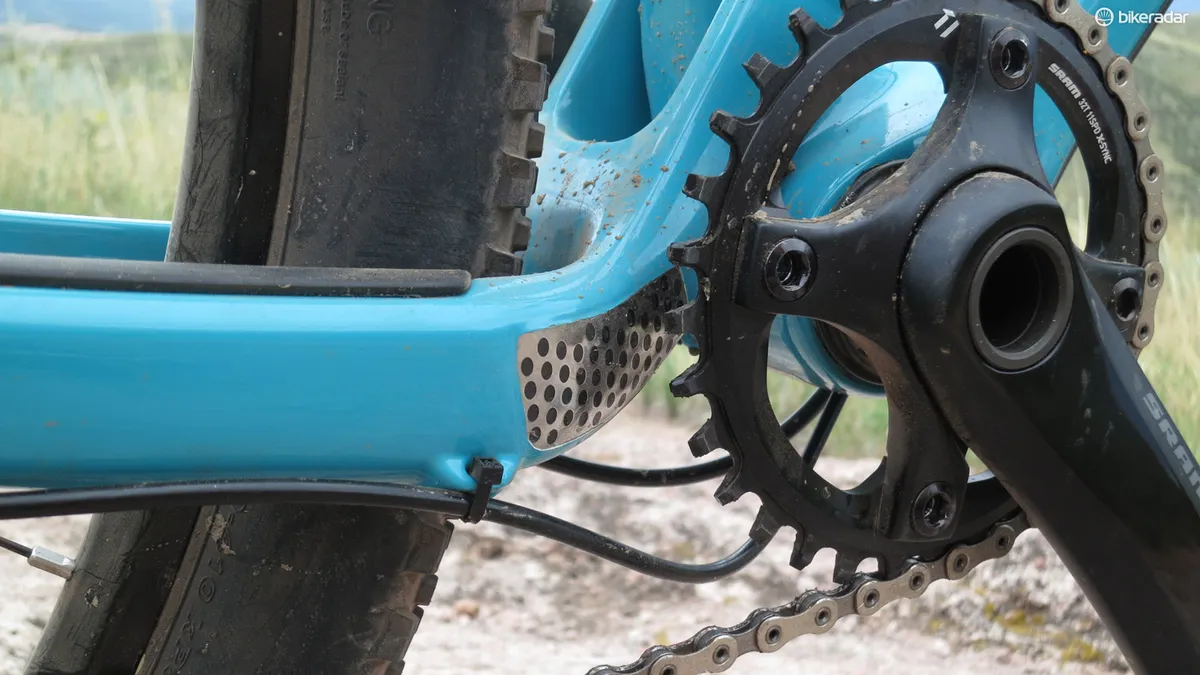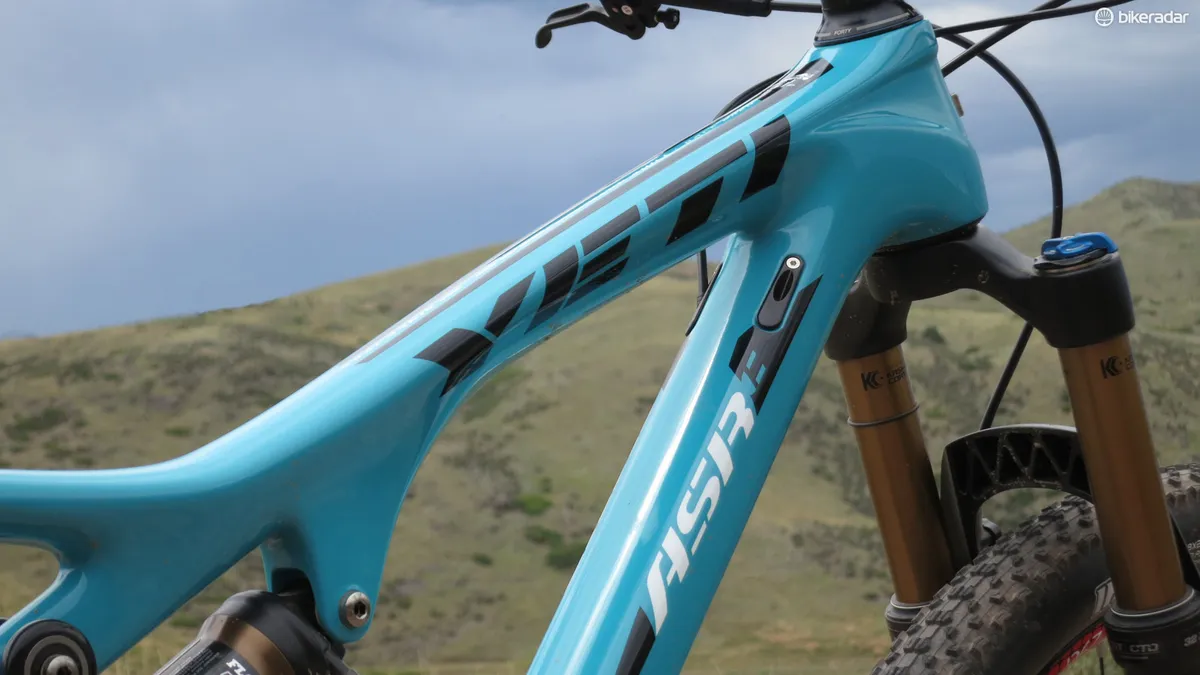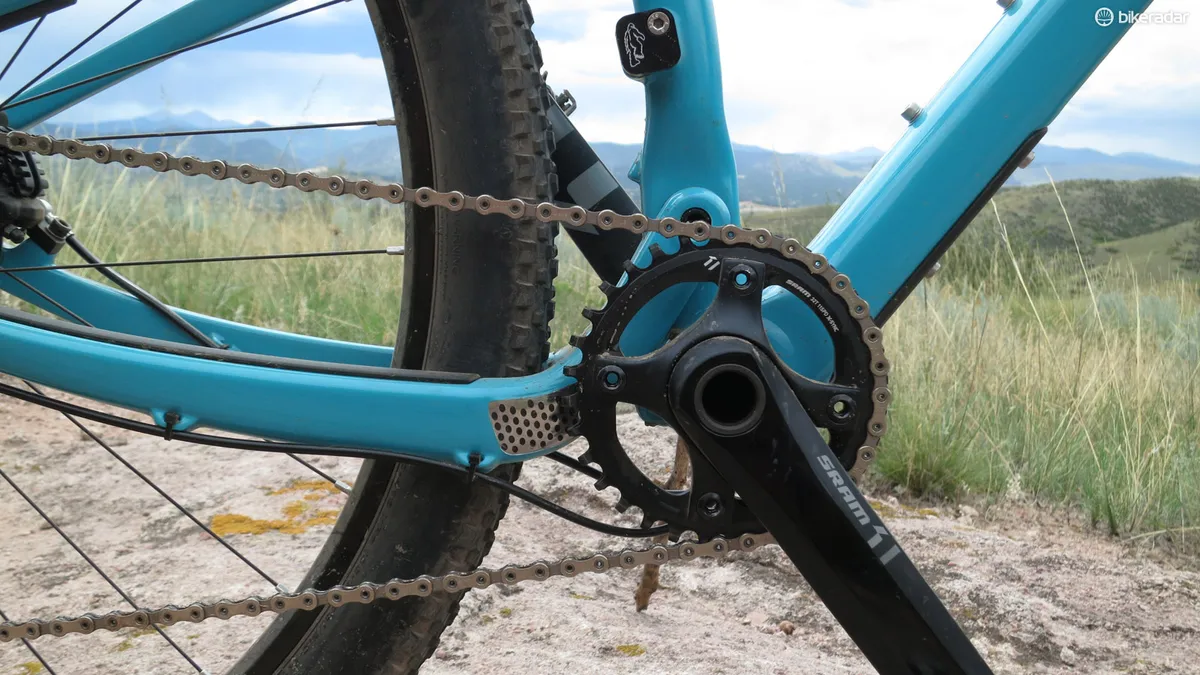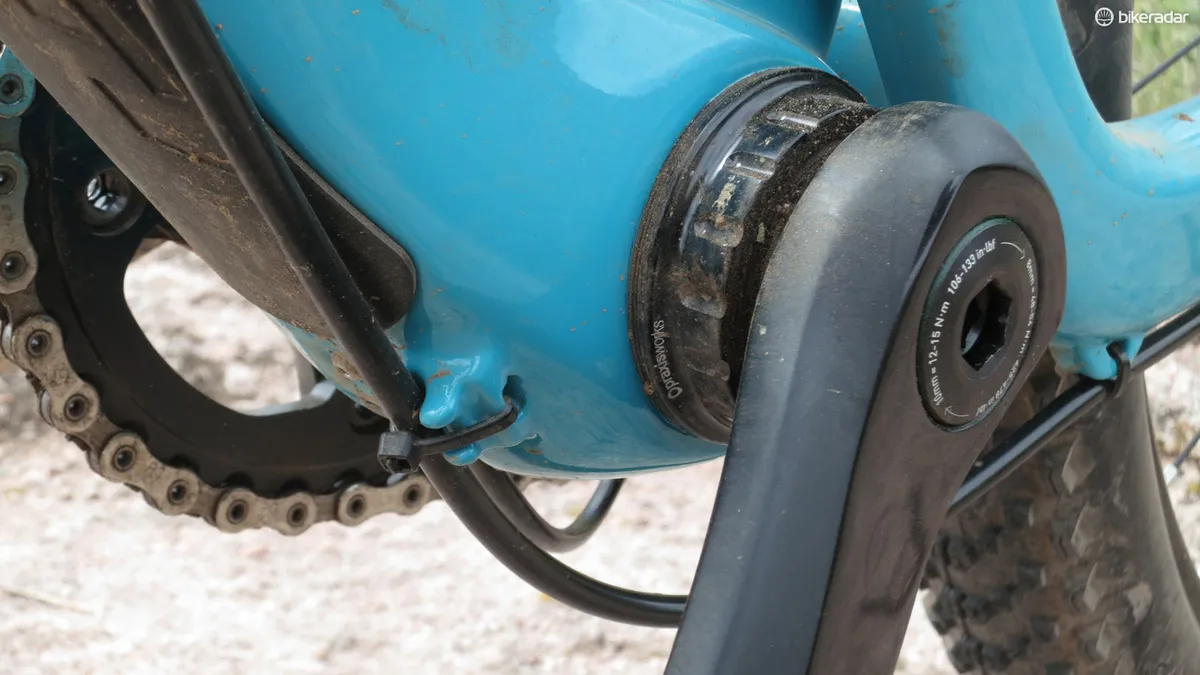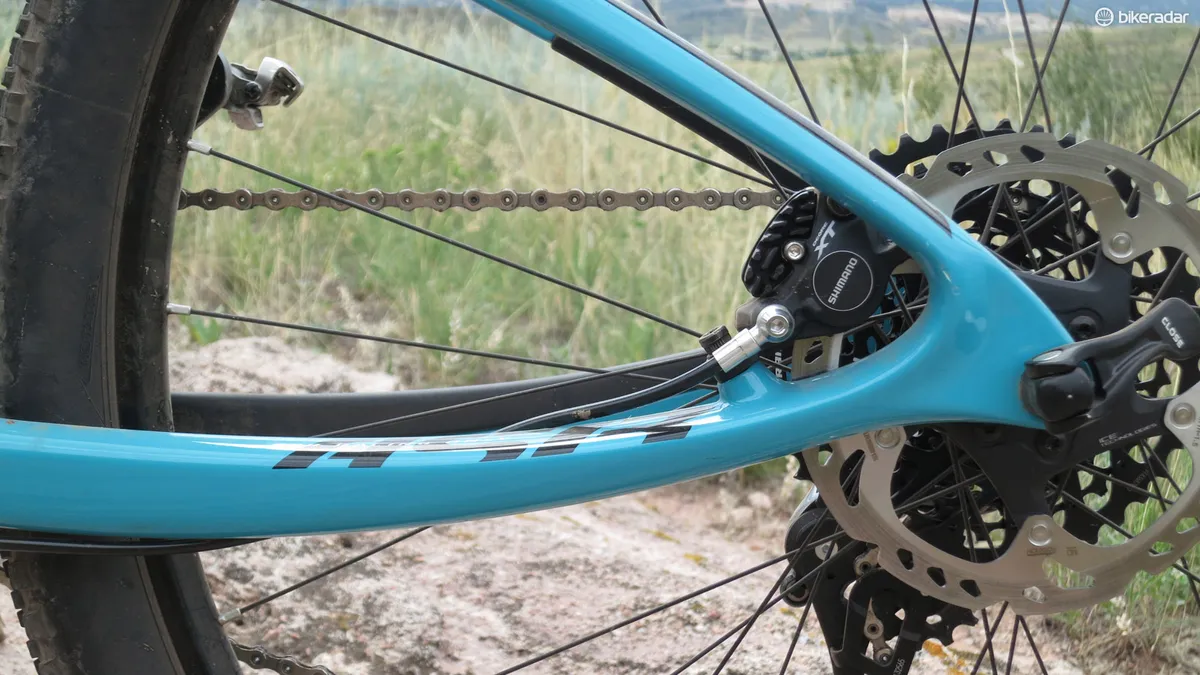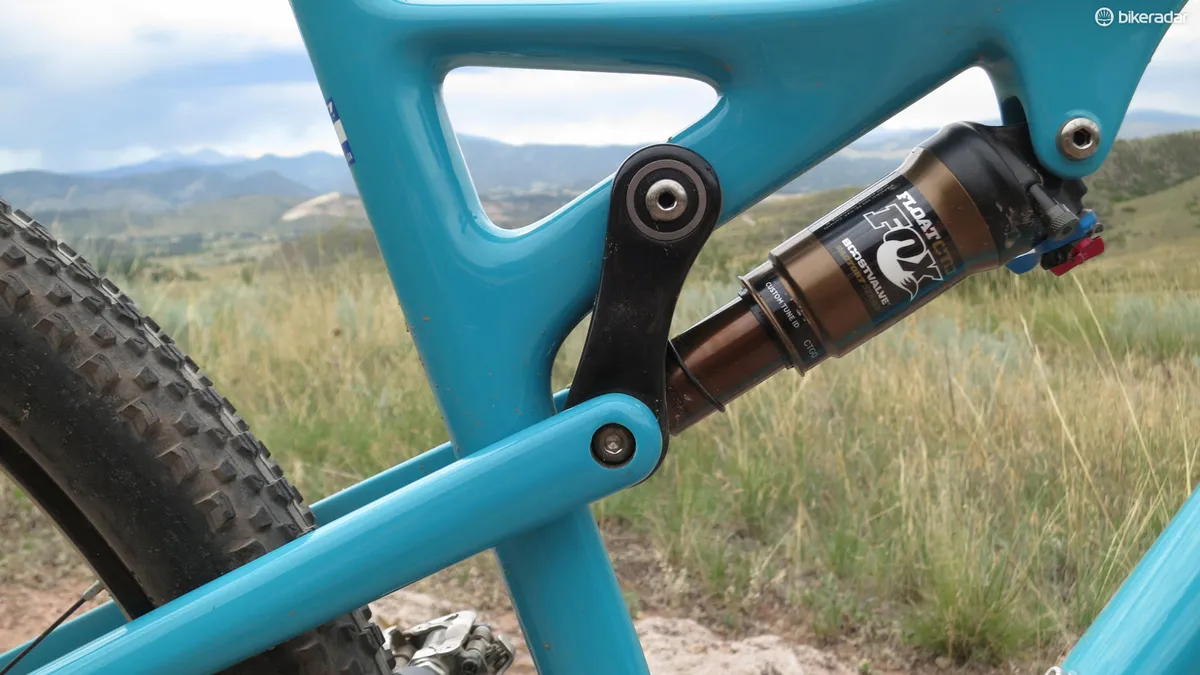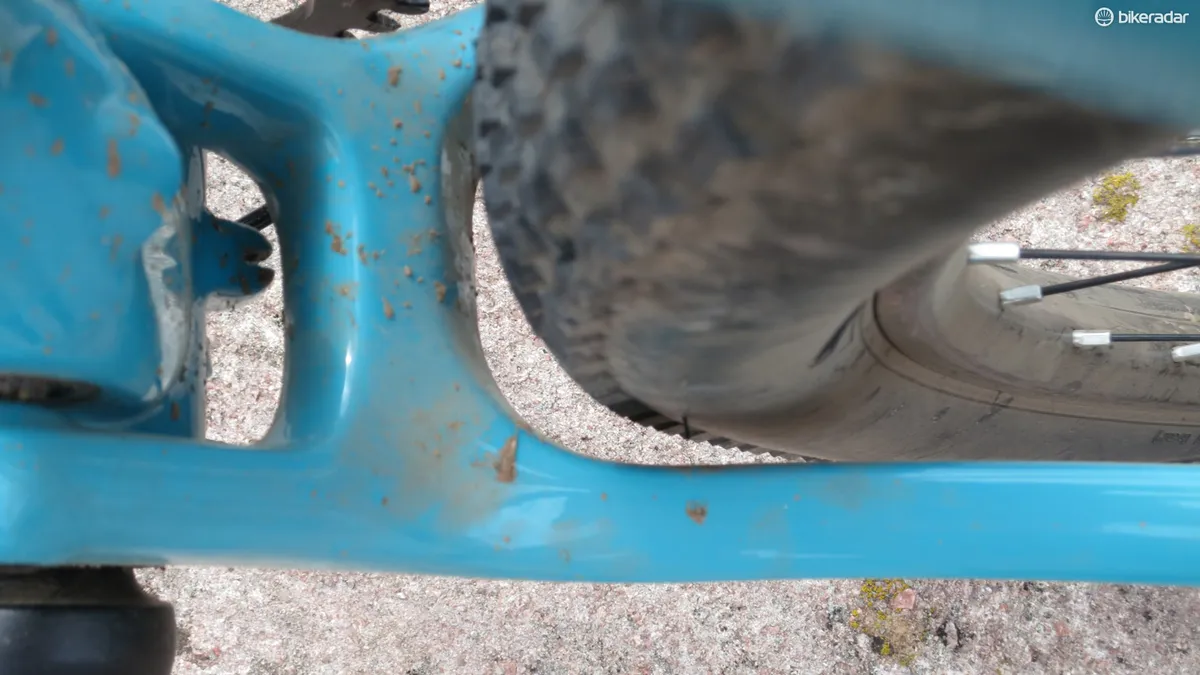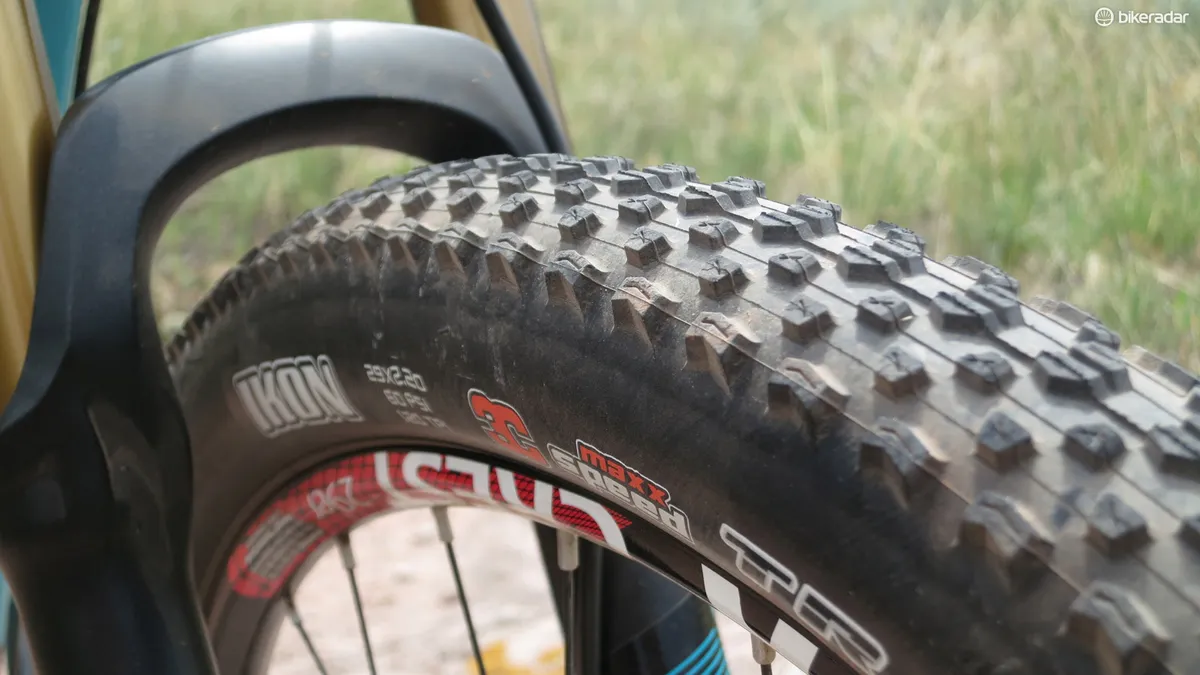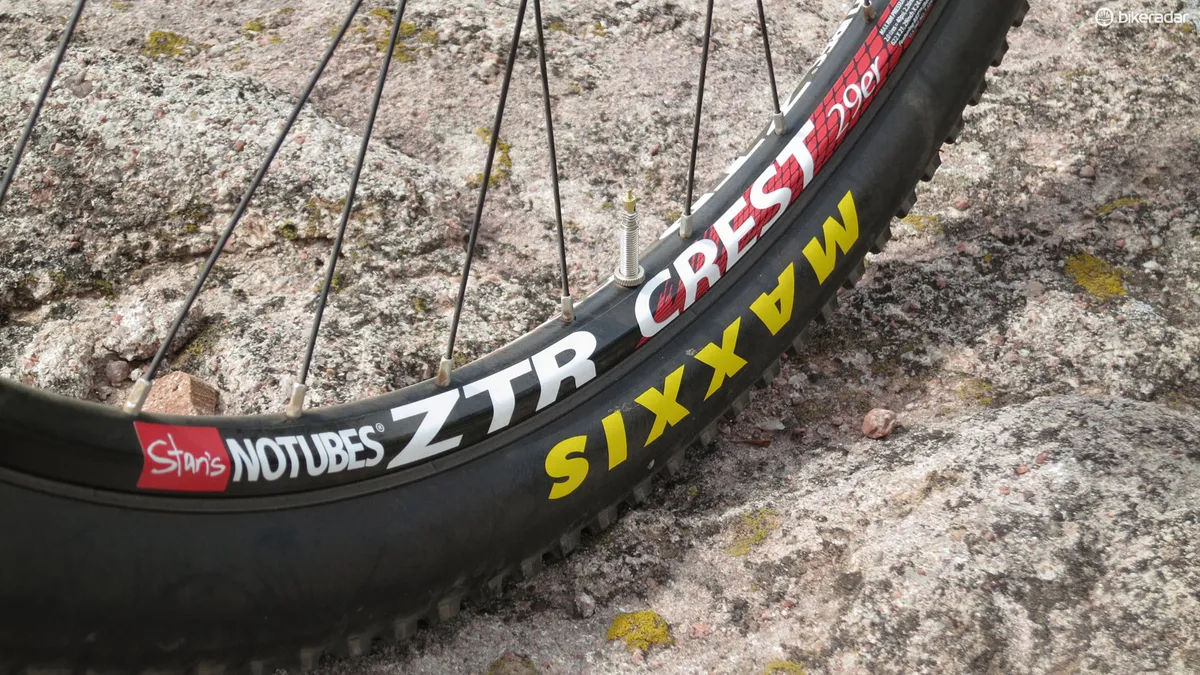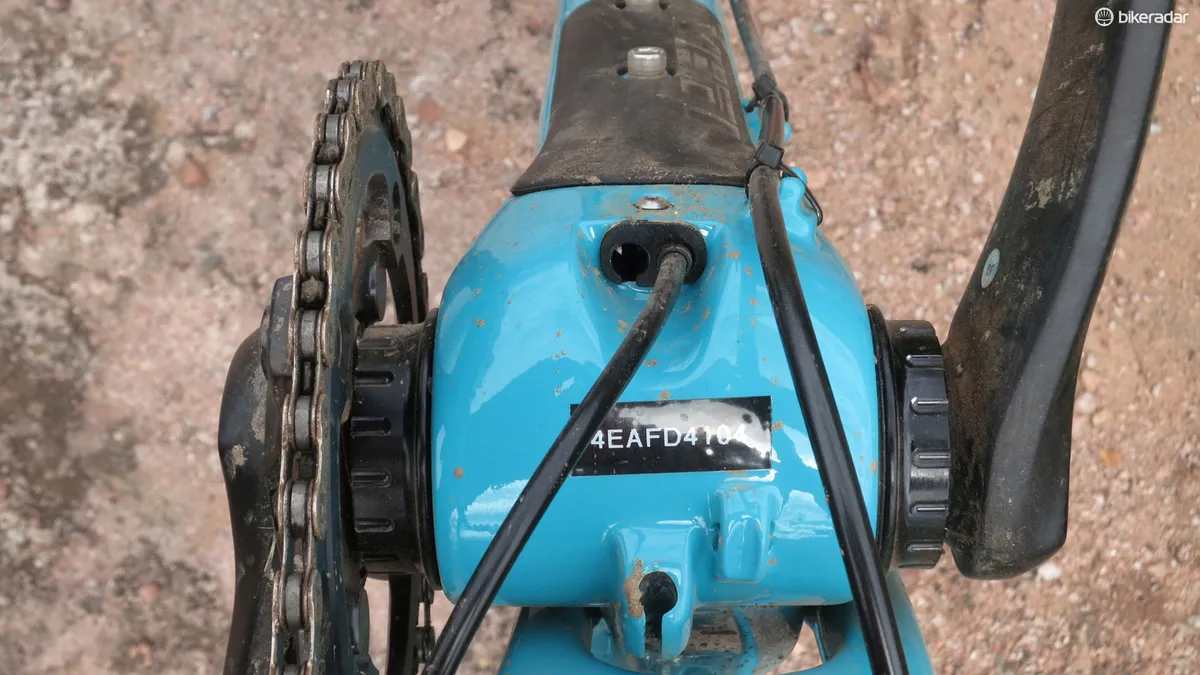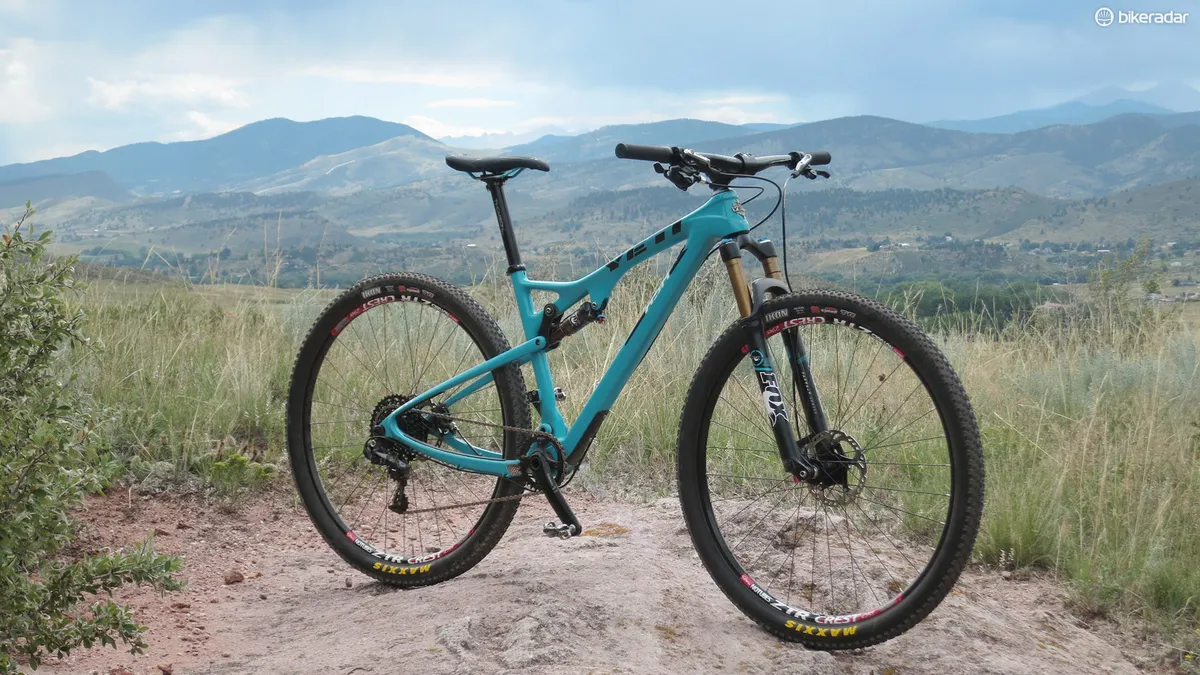For the past few seasons, Yeti Cycles has focused on refining its gravity, enduro and trail bikes, leaving the cross-country category to languish. That lapse has come to an end with the introduction of the ASRc, a four-inch full suspension with a flyweight carbon frame and progressive geometry.
“We have been out of the cross-country market for several years, so it was important that we nailed the form, fit and function of the ASRc,” said Yeti president and co-owner Chris Conroy.
Switched off?
Many readers may be wondering why, when Yeti has invested so much effort in redesigning the twin-tubed Switch Infinity system, used on the SB5c and SB6c, would the company abandon it in favor of a basic single-pivot design? The answer is weight and the diminishing returns of a complex system on a bike with a scant 100mm of rear suspension travel.
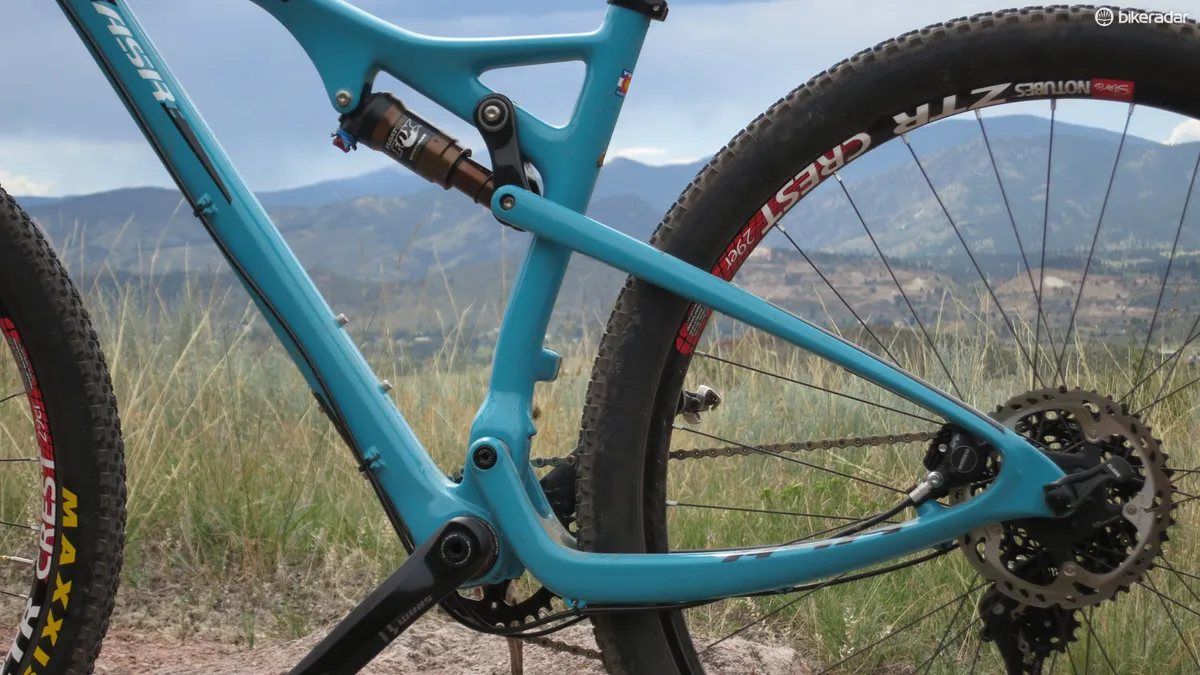
No Switch Infinity suspension here, just a simple single-pivot to keep the ASRc as light as possible
Yeti has never been one to hitch itself to a single suspension system. Instead, the company prefers to develop suspension designs that best suit the intended use. In the case of the ASRc, a single-pivot design was chosen for its low weight and efficiency — Yeti worked closely with Fox Racing Shox to refine the suspension rate to give the ASRc a predictable feel through the entire stroke.
Ride and handling: easy rider
Long before it was fashionable, Yeti was pushing the long top tubes, slack angles and low bottom brackets. The ASRc continues this trend. Our size medium tester sports a 69 degree head tube angle when paired with the stock 120mm Fox fork, a 331mm (13in) high bottom bracket and roomy 602mm (23.7in) effective top tube. Chainstay length is middle of the road at 444.5mm (17.5in).
Together these numbers add up to a bike that has enough inherent stability to keep weary-eyed racers tracking true through grueling multi-hour (or day) races. Much like the Santa Cruz Tallboy, Niner's Jet 9 and a handful of other 100mm-travel 29ers that straddle the line between cross-country and trail bikes, the ASRc is also quite fun during high-speed descents and technical maneuvers. The 120mm suspension fork and 740mm-wide Easton Haven handlebar go a long way toward increasing the AS-Rc's trail worthiness, while taking nothing away from its race-day performance.
The single-pivot design, working in concert with a custom-tuned Float CTD shock, provides a taut suspension feel. There’s very little need for additional platform damping, save for extended road climbs. The AS-Rc’s rear end is not the most active suspension design, but for the intended purpose, it does a commendable job of taking the edge of jarring impacts and providing enough traction to scramble up wet and / or loose ascents.
Frame: low weight; feature rich
As mentioned above, ASRc relies on a single-pivot suspension design to keep the weight low. How low? Yeti claims the frame weighs in at a class-leading 4.2lb (1.9kg).
Thankfully, Yeti engineers didn’t skimp on features. The ASRc has internal routing for the front and rear derailleur through the down tube. There are bottle mounts on the top as well as the bottom of the down tube, the latter is positioned on top of a rubberized guard that protects against rock strikes.
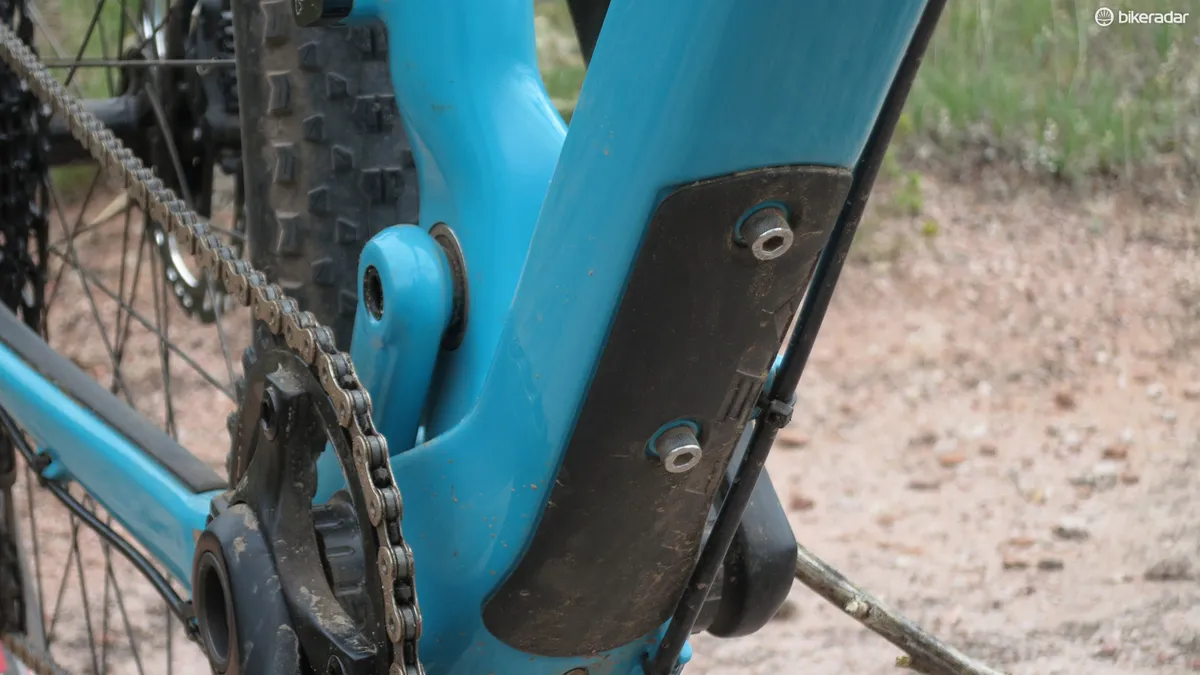
The ASRc can carry water bottles on both sides of the down tube
The rear brake line is routed externally along the down tube. The molded carbon brake guides are designed to pull double-duty as routing for a dropper seatpost as well. There’s a port on the rear of the seat tube for the line to enter for internally-routed droppers — a feature that will be appreciated by many users.
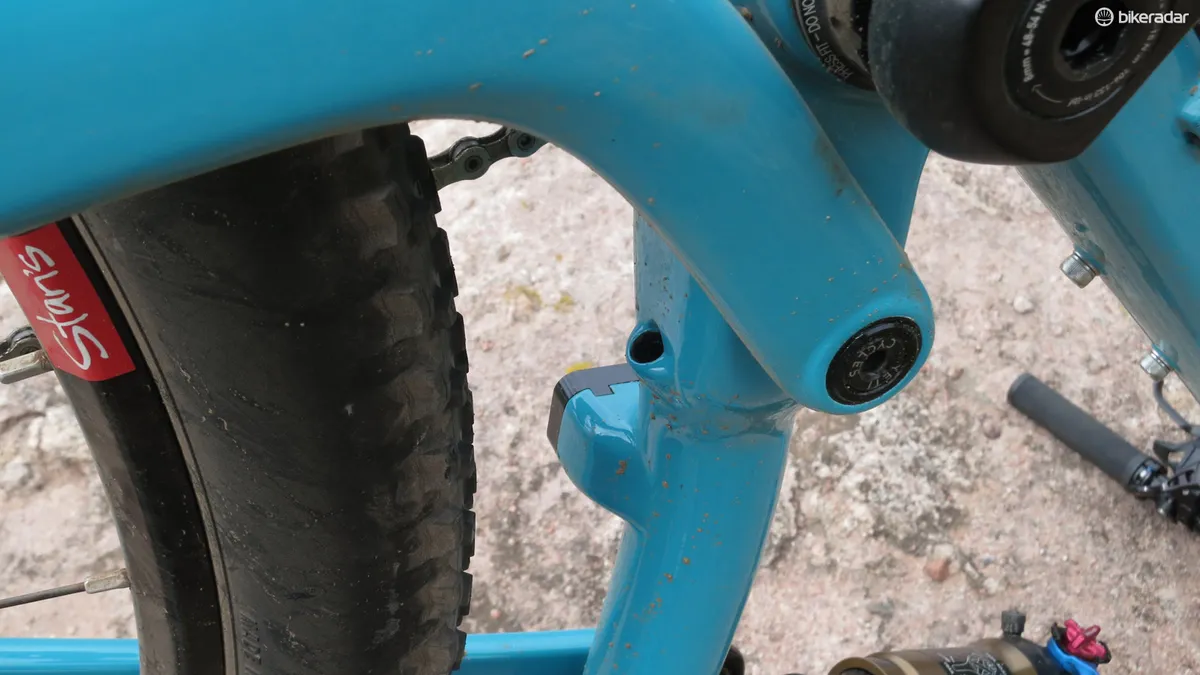
The port for the dropper seatpost is visible when the frame is flipped upside down
Extra small and small versions of the ASRc are designed around 27.5in wheels. The geometry on these smaller bikes is markedly different than their big-wheeled counterparts, with a degree slacker head tube angle, 5mm shorter chainstays and taller head tubes.
Equipment: reliable kit
The ASRc decked out with a 120mm Fox 32 Float fork, SRAM’s X01 group, Shimano XT brakes, and NoTubes Crest wheels shod in Maxxis Ikon rubber will set buyers back US$5,799 (UK and AUS pricing TBA). While far from an entry-level bike, the ASRc is race-ready out of the box at a lower weight and price than many of its peers.
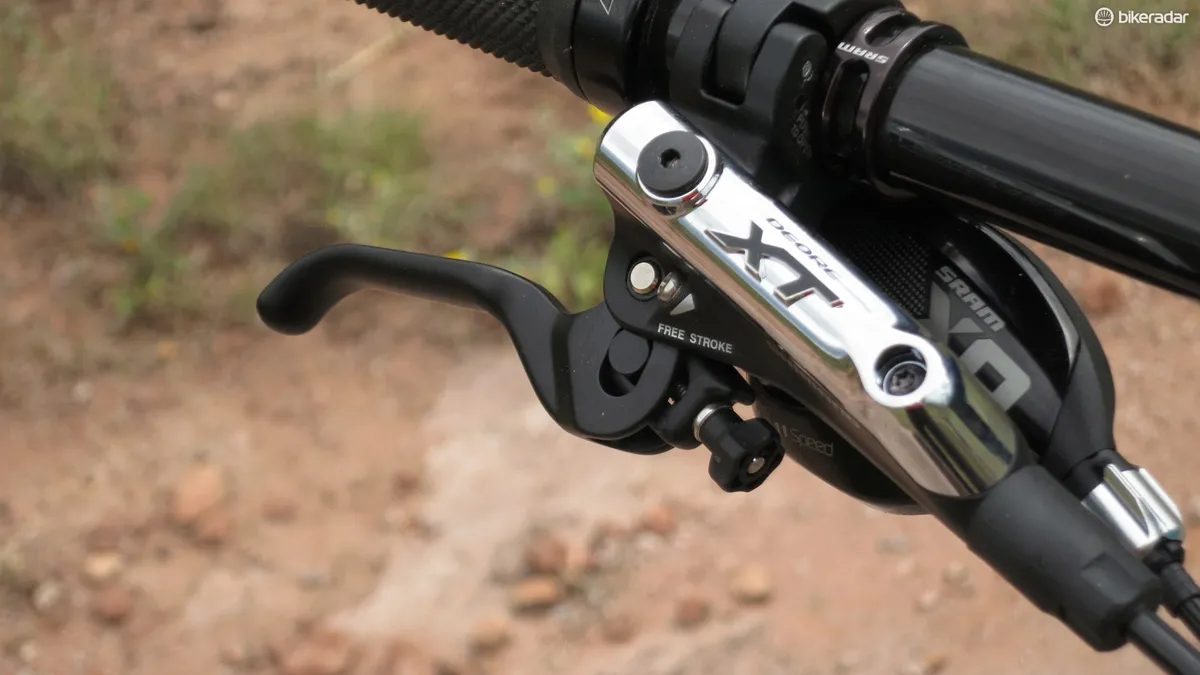
Shimano XT brakes and SRAM's X01 drivetrain are both reliable component choices
As built, our ASRc test bike weighs in at 10.23kg (22.56lb). Yeti’s published weight for this complete bike is 10.47kg (23.1lb) maybe we didn’t have enough sealant in our tires, or maybe the company is being conservative with its estimates, in either case, it’s an light bike without the need to resort to exotic (read exorbitantly expensive) component upgrades.
Yeti has not released frame-only pricing, and only offers the ASRc in two build kits — both of which are available now.
The high-end kit will consist of a SRAM XX1 drivetrain with Shimano XTR brakes and ENVE’s light and stiff M50 wheels for US$9,999.
Riders can upgrade the X01-level bike with ENVE M50 wheels for an additional US$2,300. There’s also an option to upgrade to Thomson’s Covert Elite Dropper seatpost for US$350. Given the playful nature of the ASRc, we think the dropper upgrade is money well spent.
Verdict
Yeti has sat on the sidelines of the cross-country race scene for several seasons, but the company appears to have done its homework in developing the ASRc. It’s progressive geometry makes it forgiving during grueling endurance events, while also making it playful for riders looking to push the envelop of what a short-travel 29er can do.
